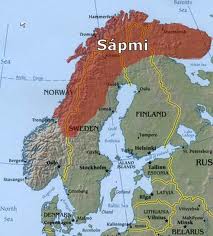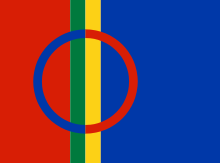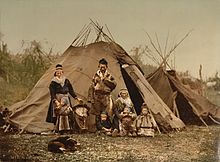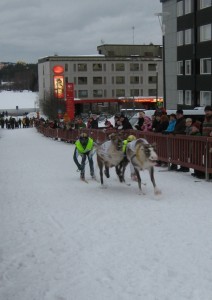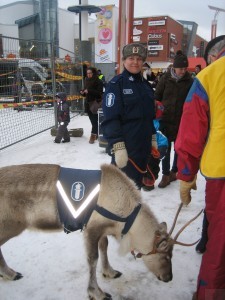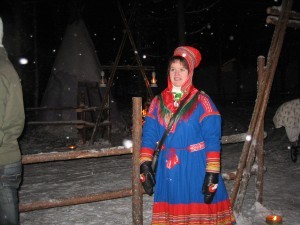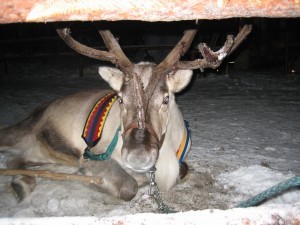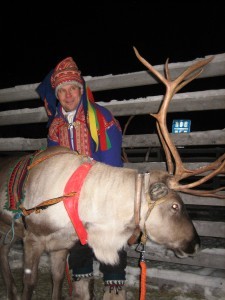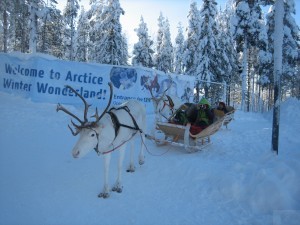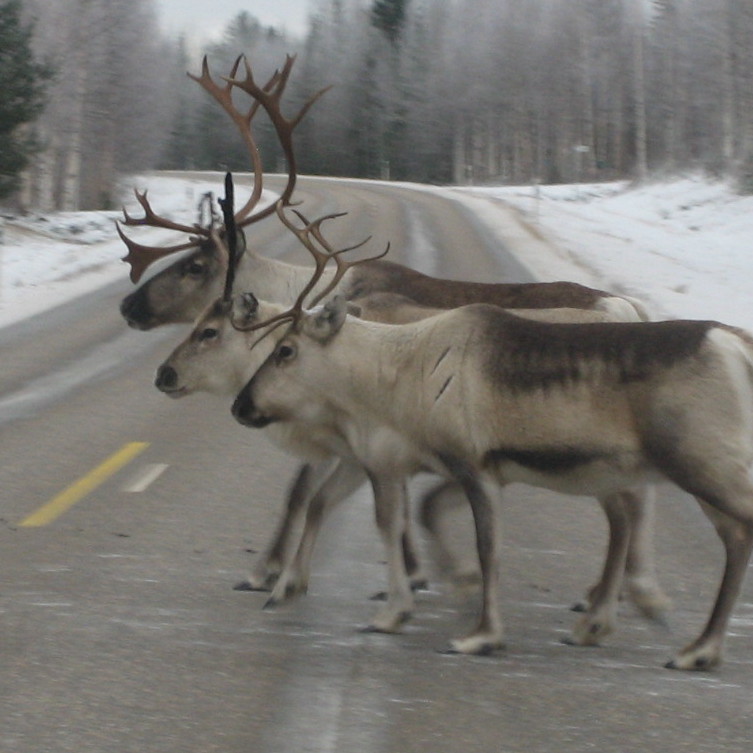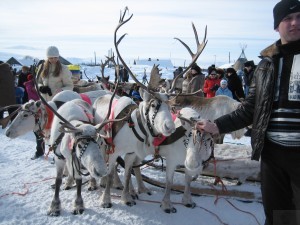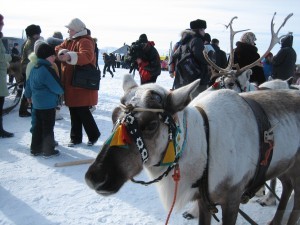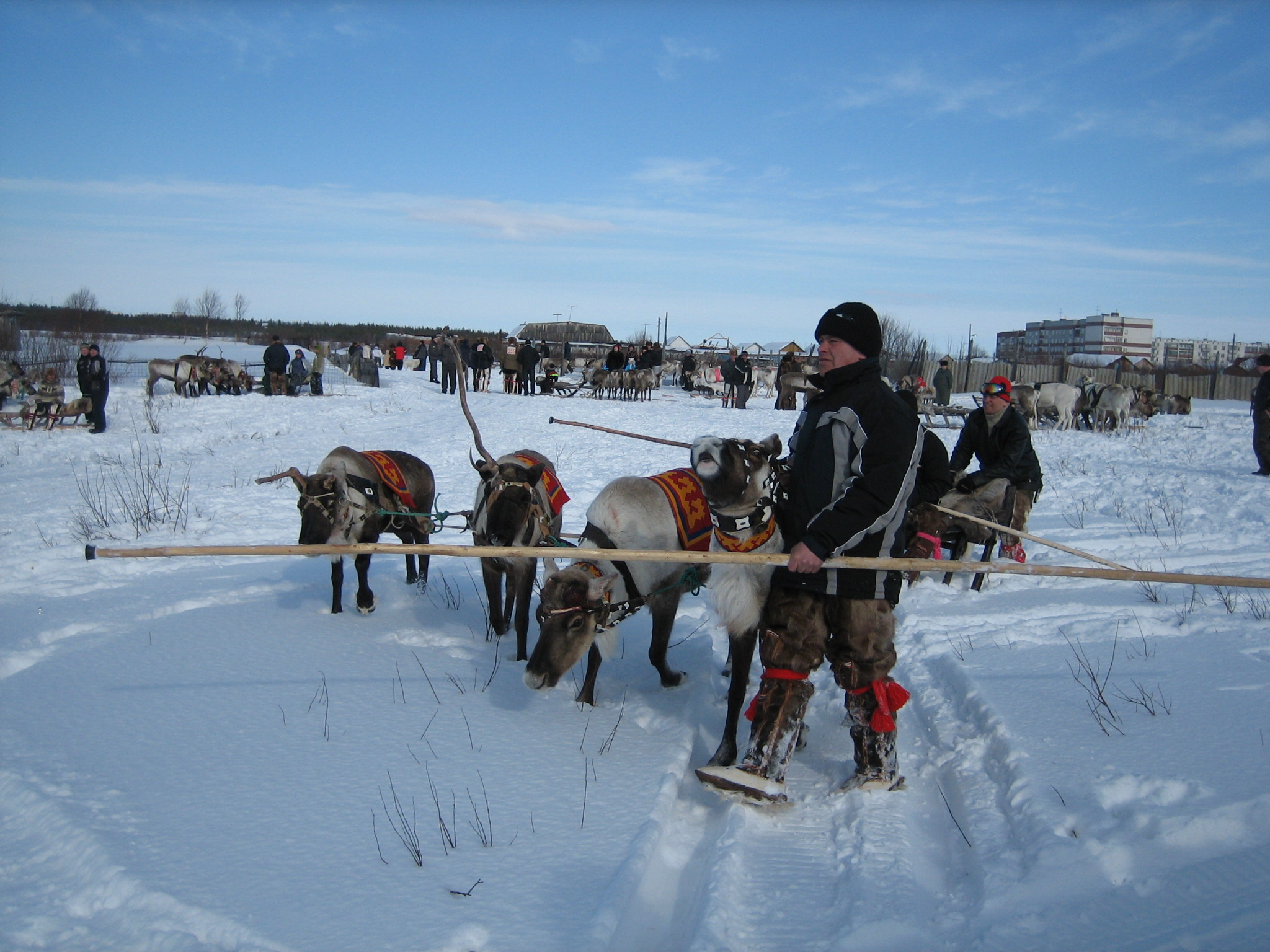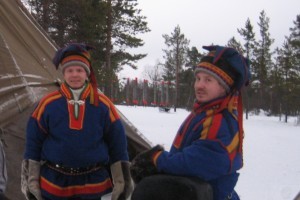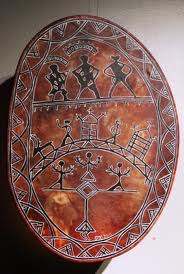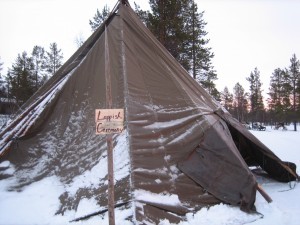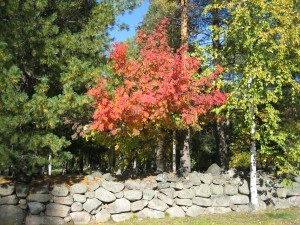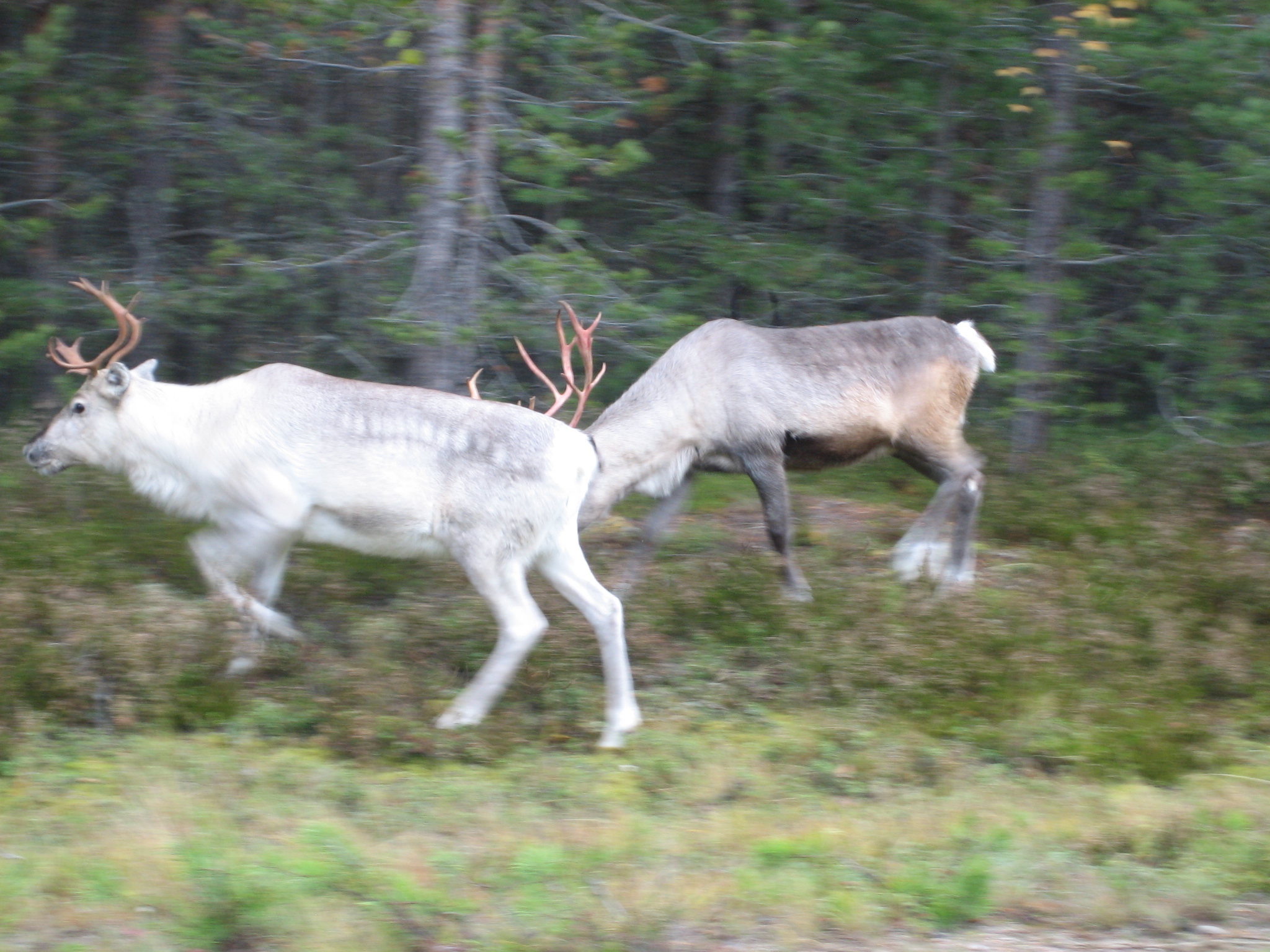As I would like to have snow and ice I get a little anxious and impatient. But then I decide I have to settle with the situation and try to get as much good out of it as possible. So my October in Lapland has been full of interesting happenings and new experiences.
This time of the year is suitable to pick cranberries. Cranberries are naturally a bitter tasting berry, but the taste changes after a night outdoor in minus degrees or in your deepfreezer and the result is less bitterness. The cranberry is many times used as medicine for illnesses especially in the urinary bladder or in the kidneys,
I was happy to find a swamp where I could be alone and pick cranberries, because this year the cranberry is not very frequent. So I spent several hours walking around on a very wet swamp. But I was happy to return with 1,5 l of the best berries.
The autumn before the snow can also be used for hiking. The wibrant color period is in September, but as this October is extraordinary warm I decided to go for a hike last Sunday. On the map I found an interesting round suitable for one day’s hike. The amount of hours with daylight is decreasing every day now, so you’d better leave early in the morning to have time enough for a hiking tour and return home before dark. The length of the day light is 9 hours these days.
My route is to be seen on this picture of the map. The area “Soppanan retkeilyalue” is in the south of Finnish Lapland. There are many hiking routes to choose between. On the area there is also a camp site in the summer time.
My hike starts very promising as I in the beginning am overwhelmed by a bunch of Bohemian waxwings. They gather together like this in the autumns here in Lapland to fly south during the winter. I like the look and the whistling voice of these birds.
Other companions on my hike were the reindeer. They are strolling around in the forests of Lapland this time of the year. I found some beautiful, white species near my hiking route. They were not used to people and would run away as they saw me.
Along the route there are two hootchies where I could stop and sit down for a while with philosophical thought about the nature around me. At the fire places my soul rests and the world around ceases to exist for a short moment. I drink some hot cups of tea together with something to eat which I bring in my backpack.
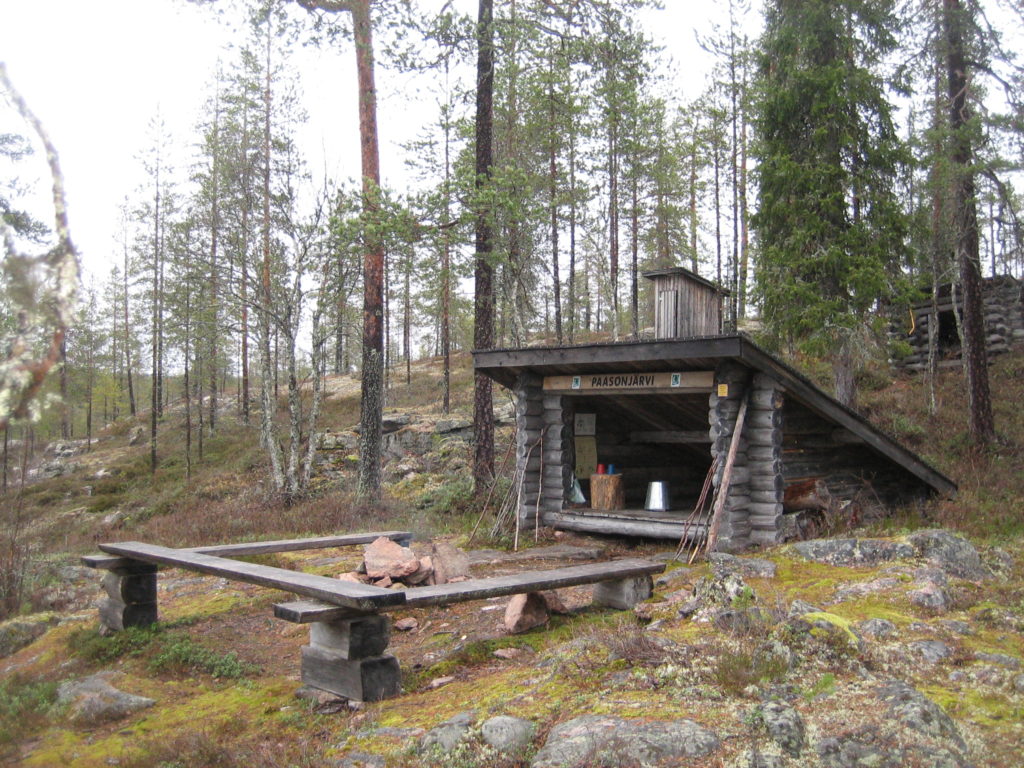

This place is near the Paasojärvi sea with a great view over the sea and a steep shore. As all leaves have fallen off the trees now, there is not much that disturbs your view. The weather was not the very most optional for a nature hike this day, but it was warm enough and no rain, so I was quite satisfied with the circumstances.
In this forest the old spruces wore a kind of “beard”. On some places the “beard” was really frequent and tall. The beard is officially named Usnea, but called the old-man’s beard or beard lichen. Usnea is very sensitive to air pollution. Under bad conditions they may grow no larger than a few millimetres, if they survive at all. Where the air is unpolluted, they can grow to 10–20 cm long. It can sometimes be used as a bioindicator, because it tends to only grow in those regions where the air is clean, and of high quality. Nice to know the air is unpolluted here.
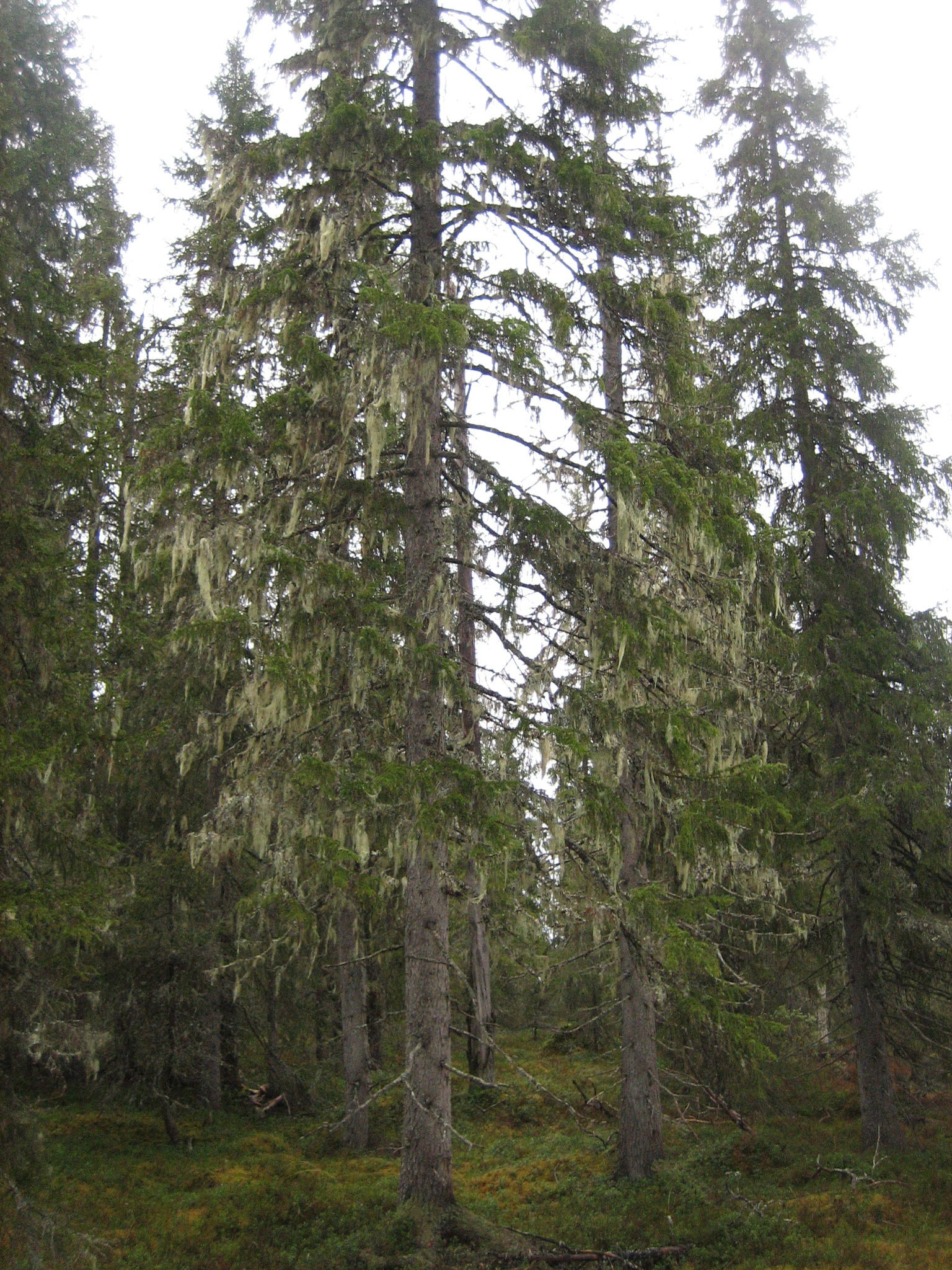
One of the places I stopped for a rest is like a hut where you can sit indoor in case of rain. It is also possibly to spend the night here if you want to do that.
I found the sweetest guest book in this hut and I could read the story from a visitor a couple of weeks ago. He had spent 3 days and nights in this hut as he had been watching and photograping auroras/northern lights in the sky. During the days he had been fishing from the sea nearby. I always check for guest books in the huts and I mostly find them, too. Some guests write only short marks of their visits, but some guests really makes an effort to write an interesting story for other visitors to enjoy. The most common marks in the guest books are the weather conditions.
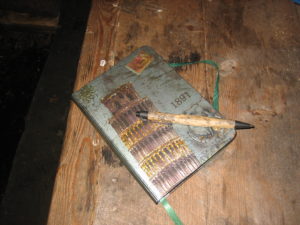
 The hiking route lead me over swamps, up on high hills, near seas and rivers and through the forest. I was very satisfied when I returned home in the evening with one more experience in the baggage.
The hiking route lead me over swamps, up on high hills, near seas and rivers and through the forest. I was very satisfied when I returned home in the evening with one more experience in the baggage.

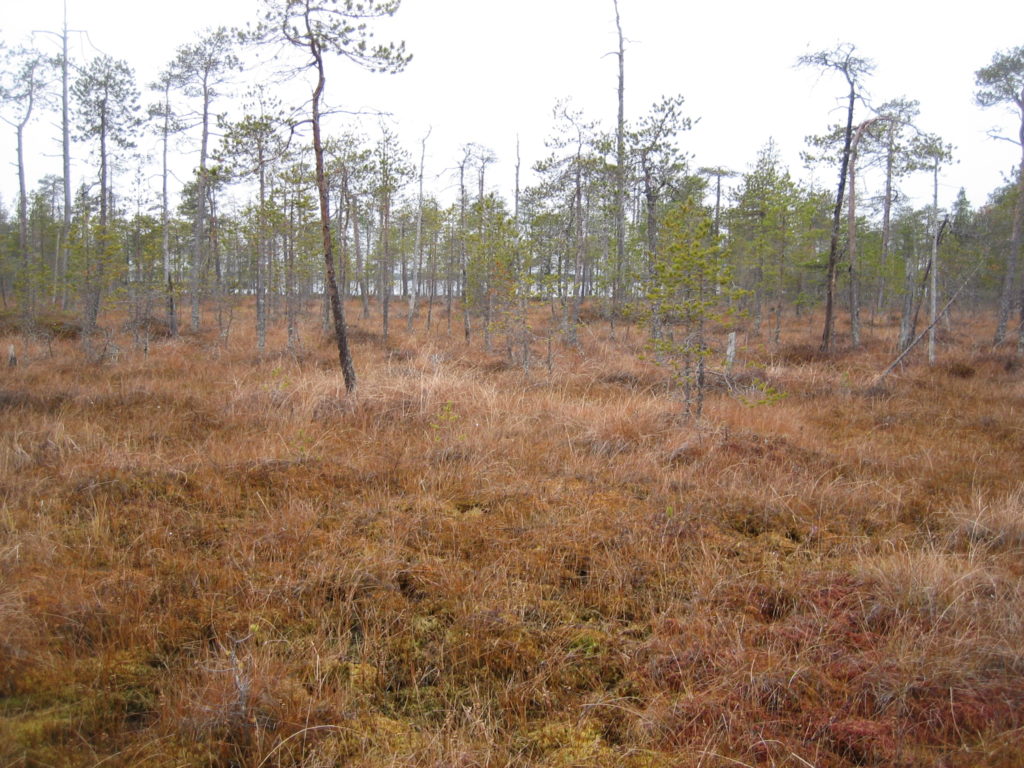
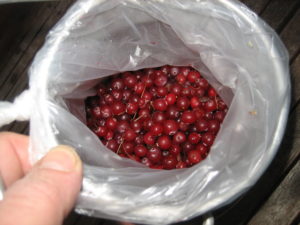
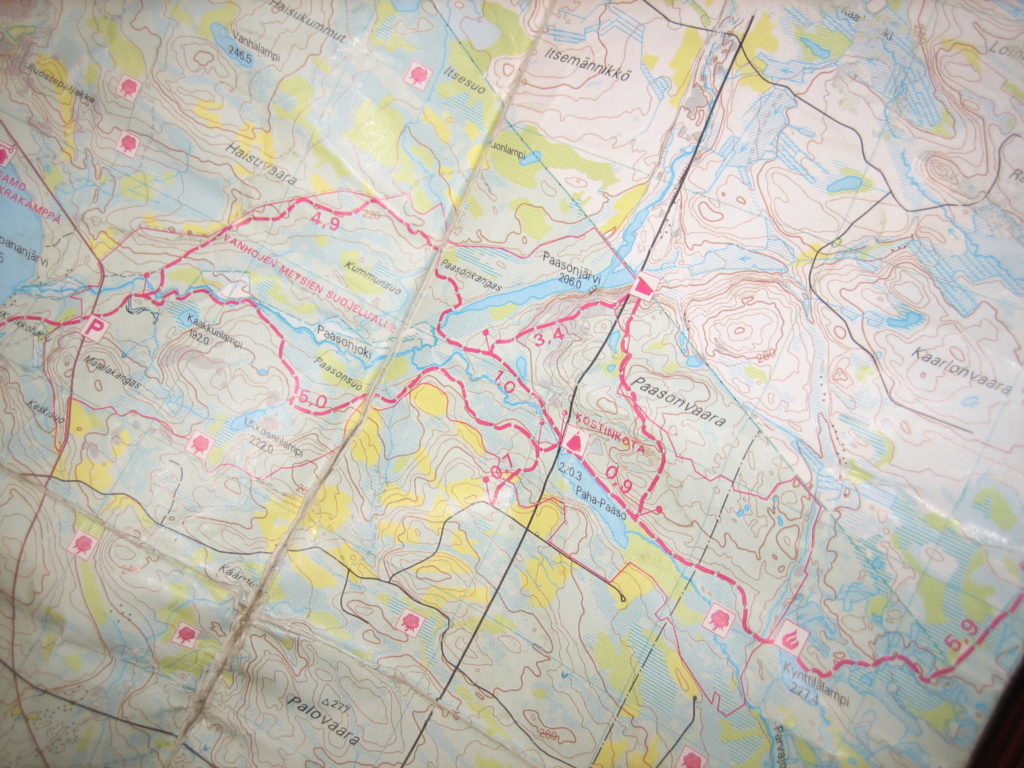
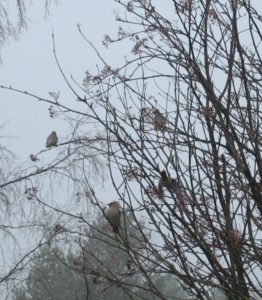

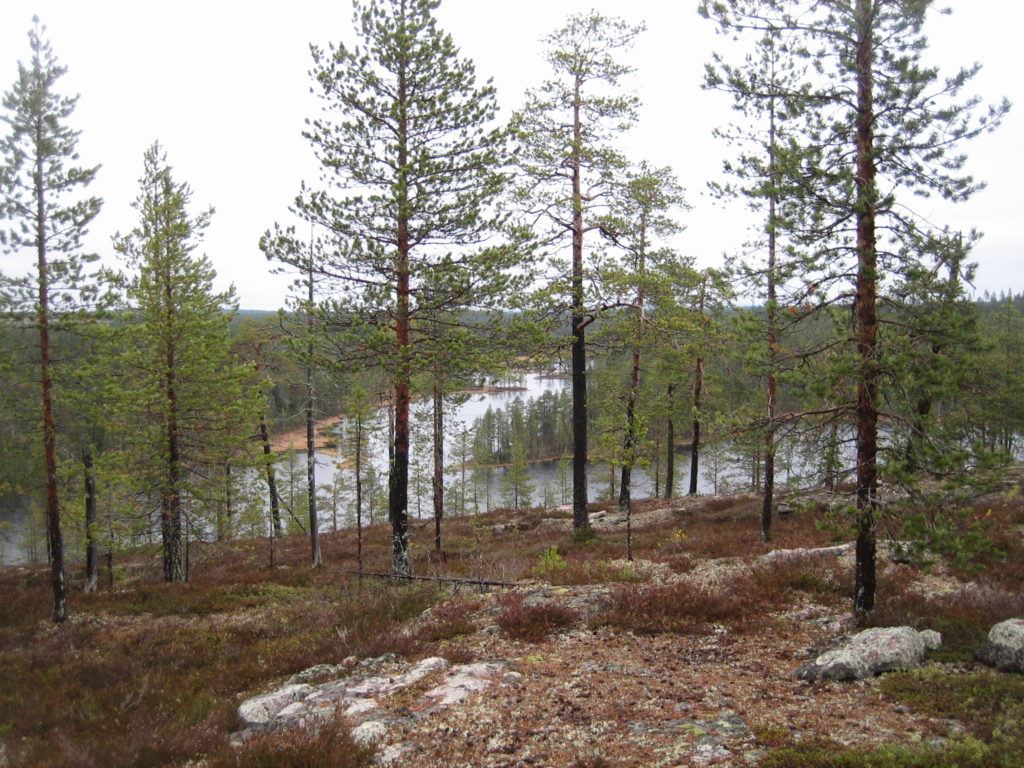
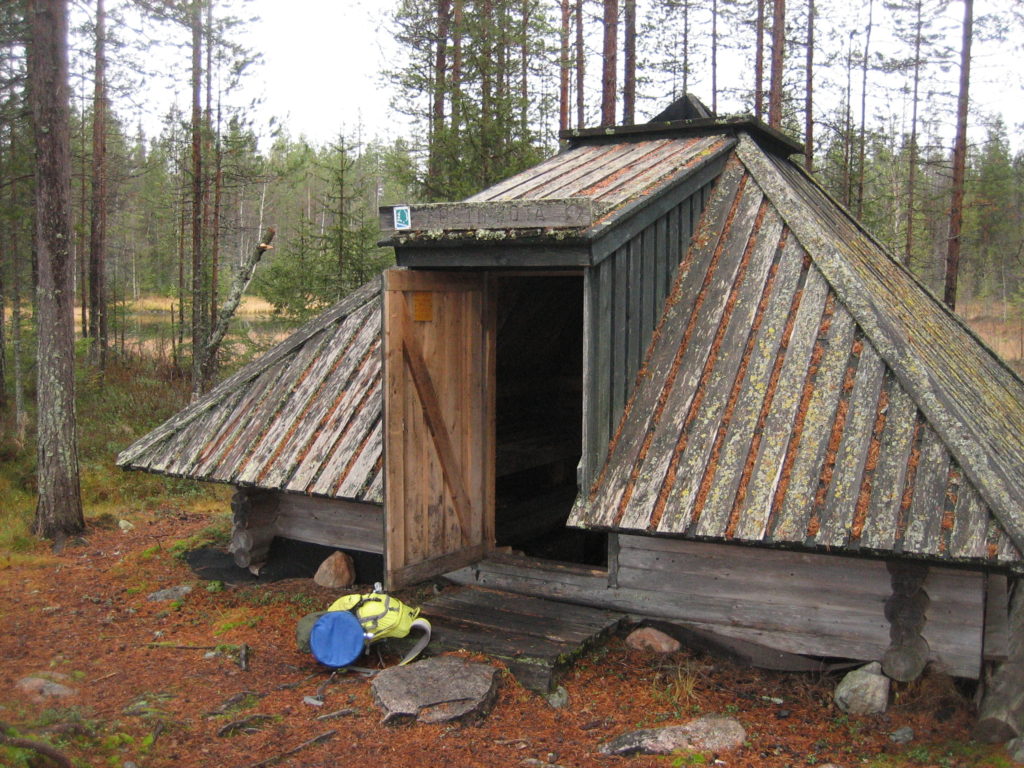
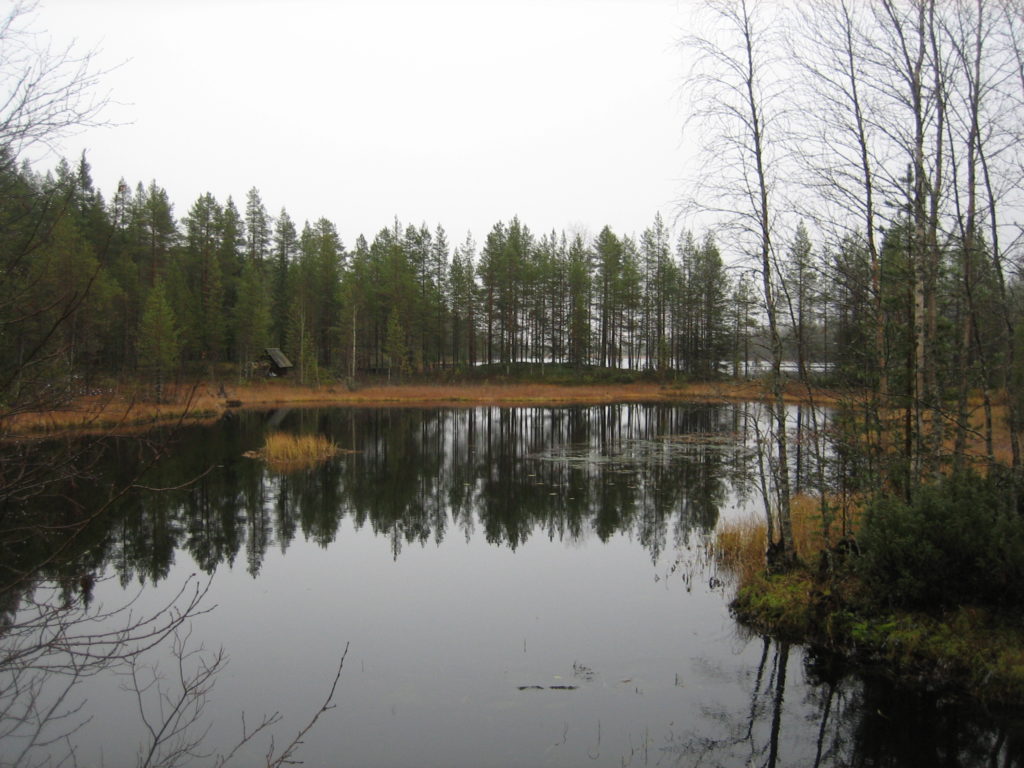
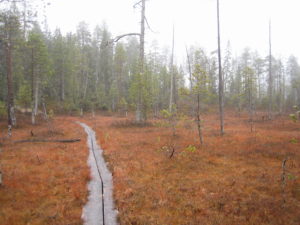
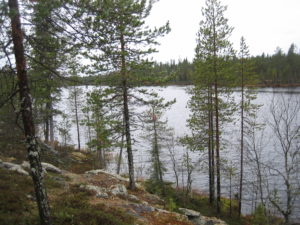
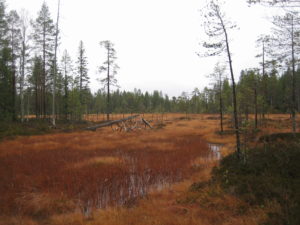
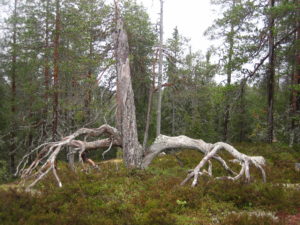
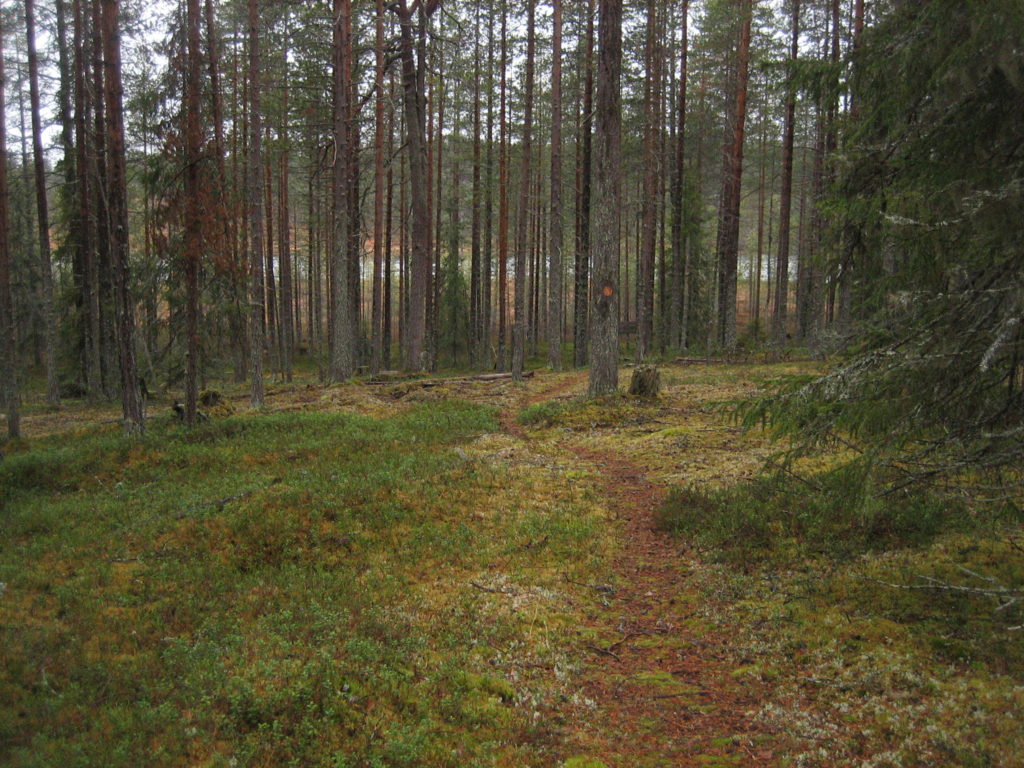
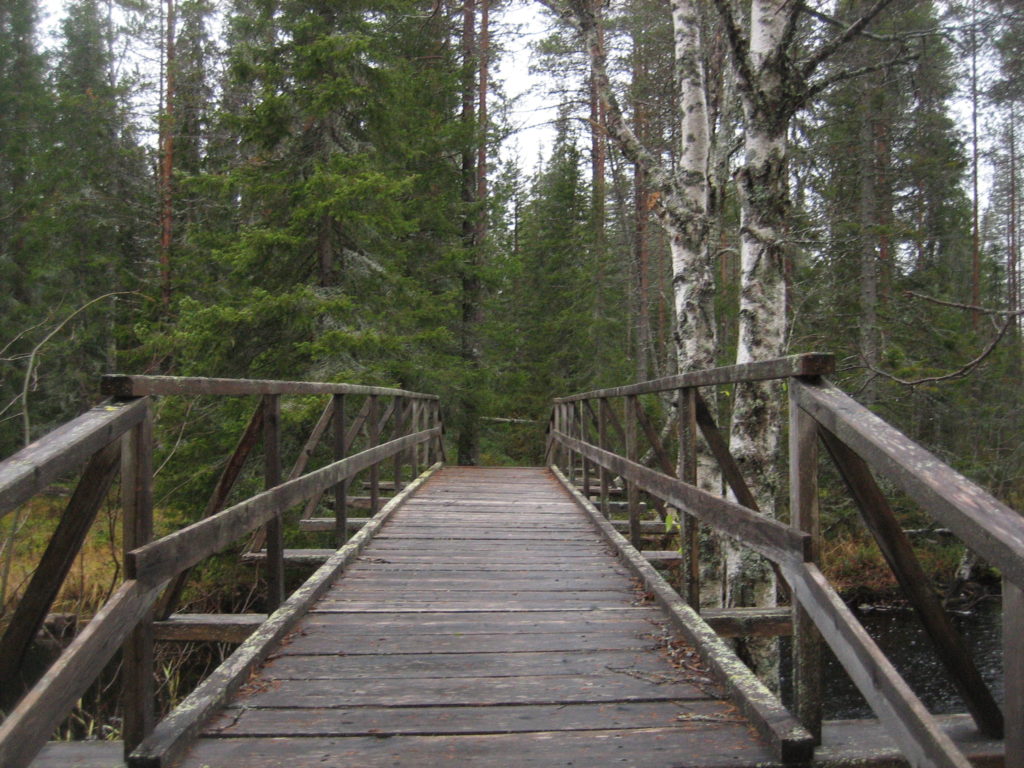
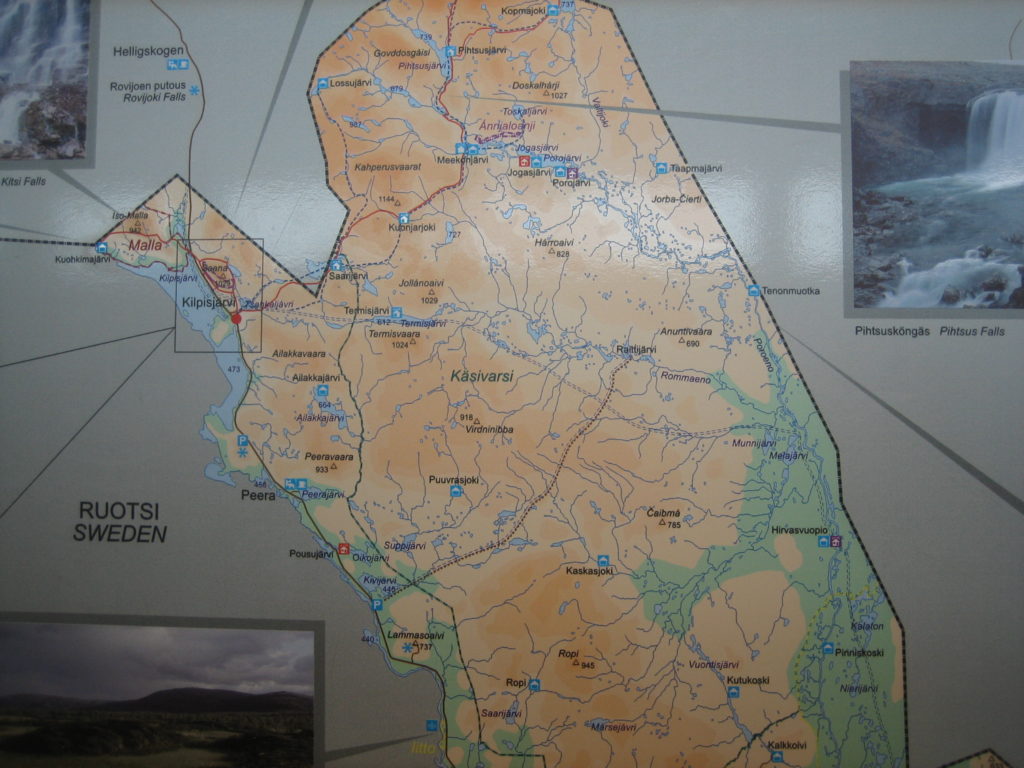
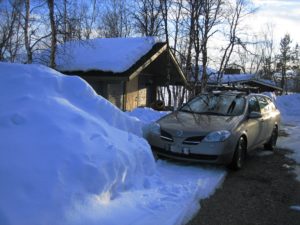
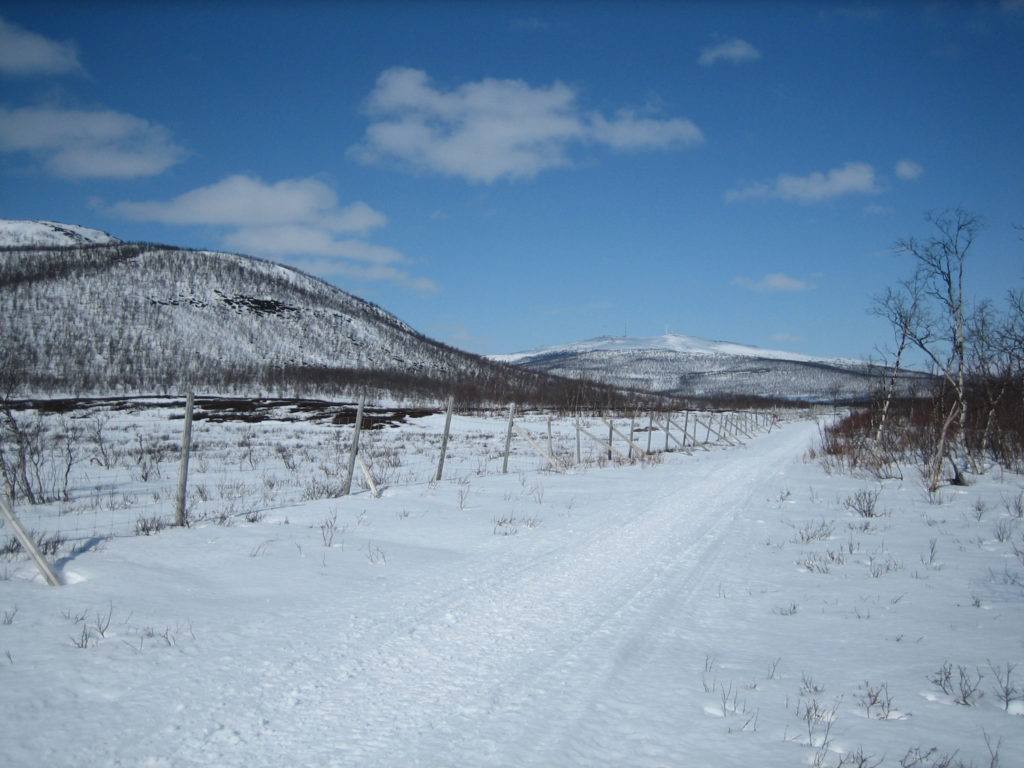
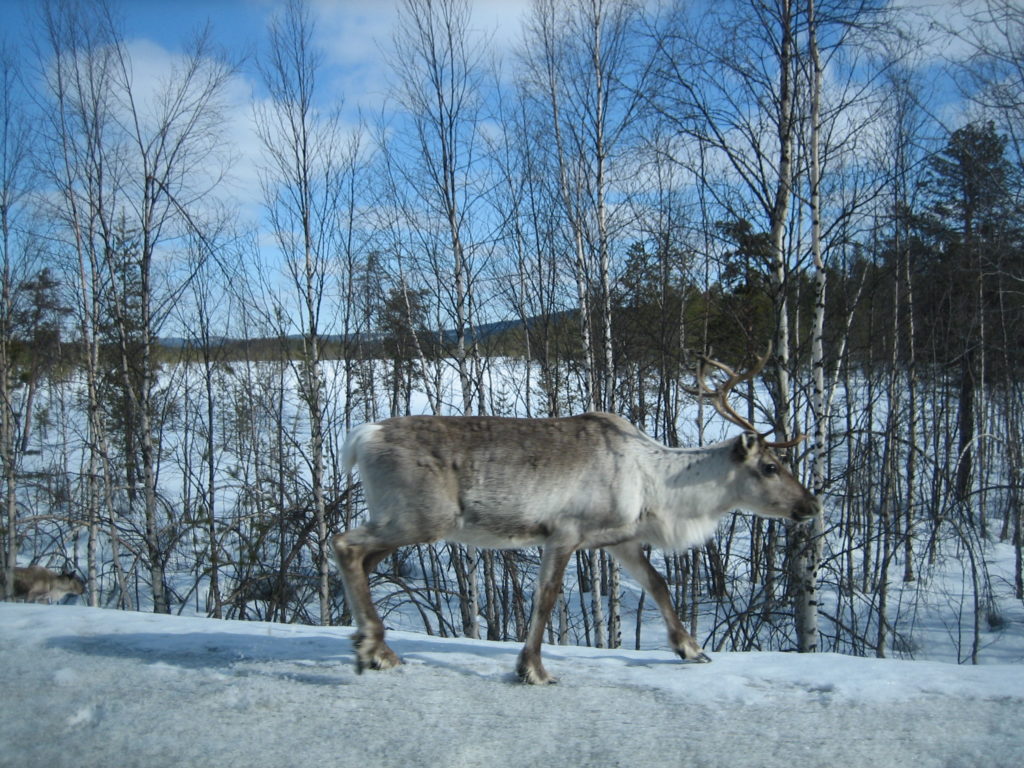

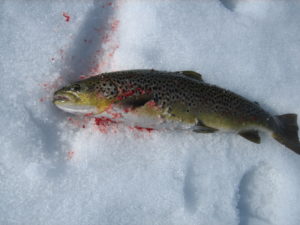
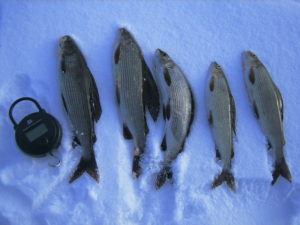
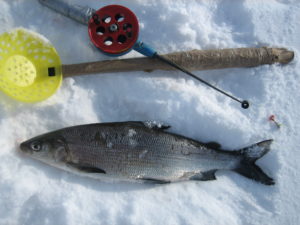
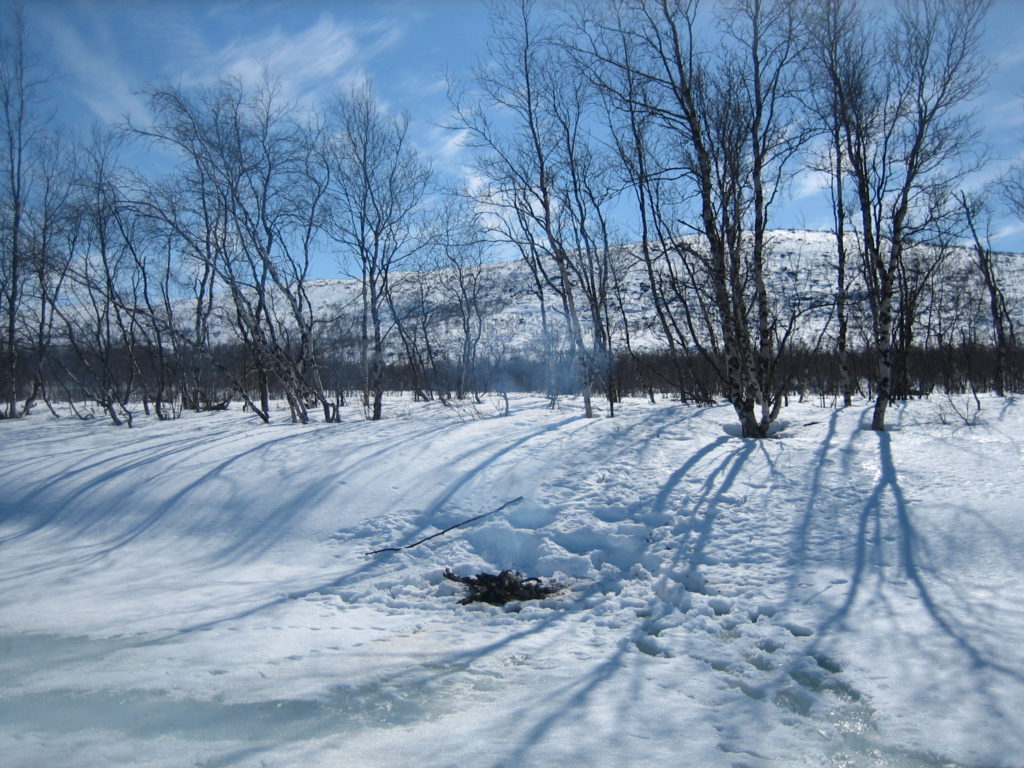
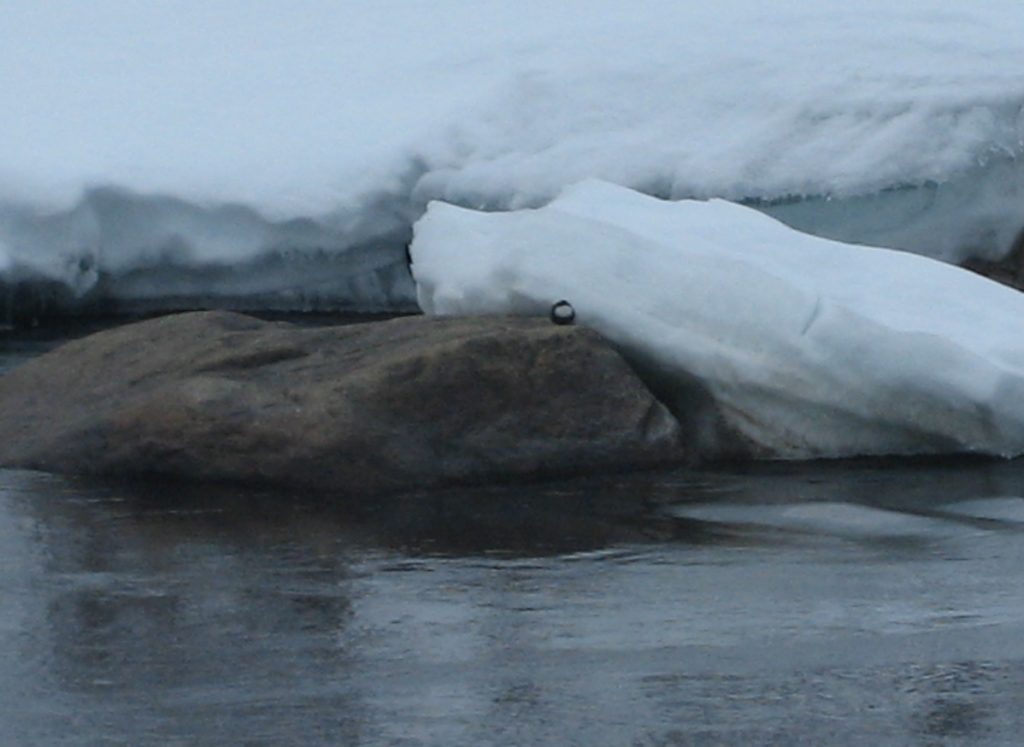
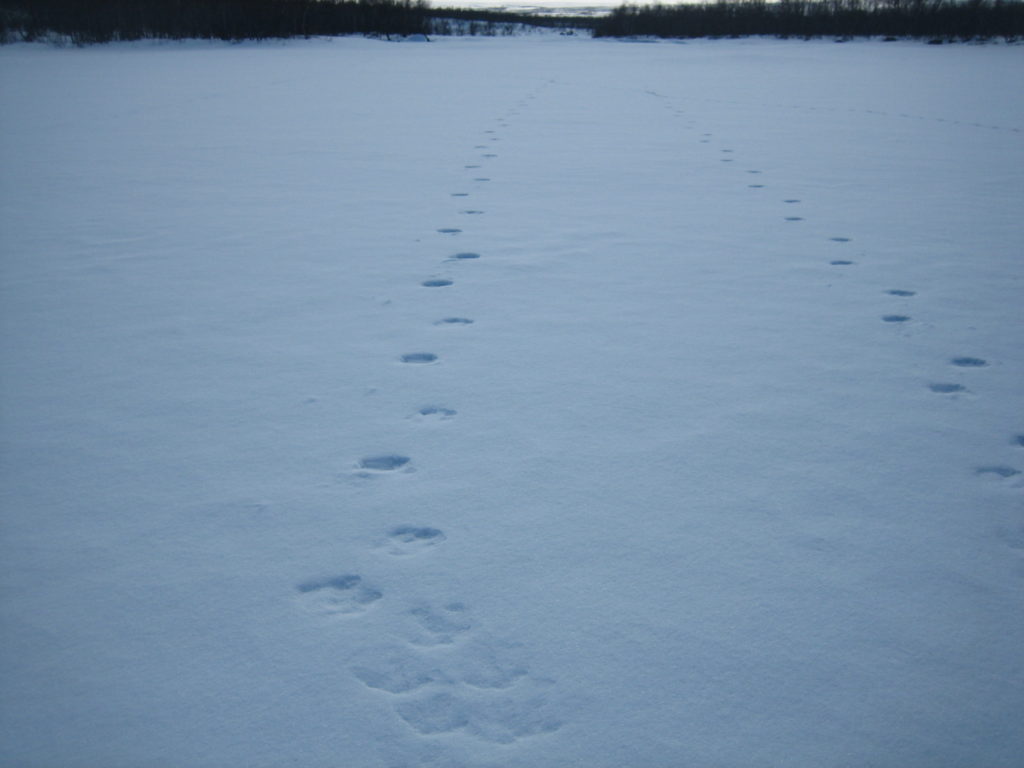
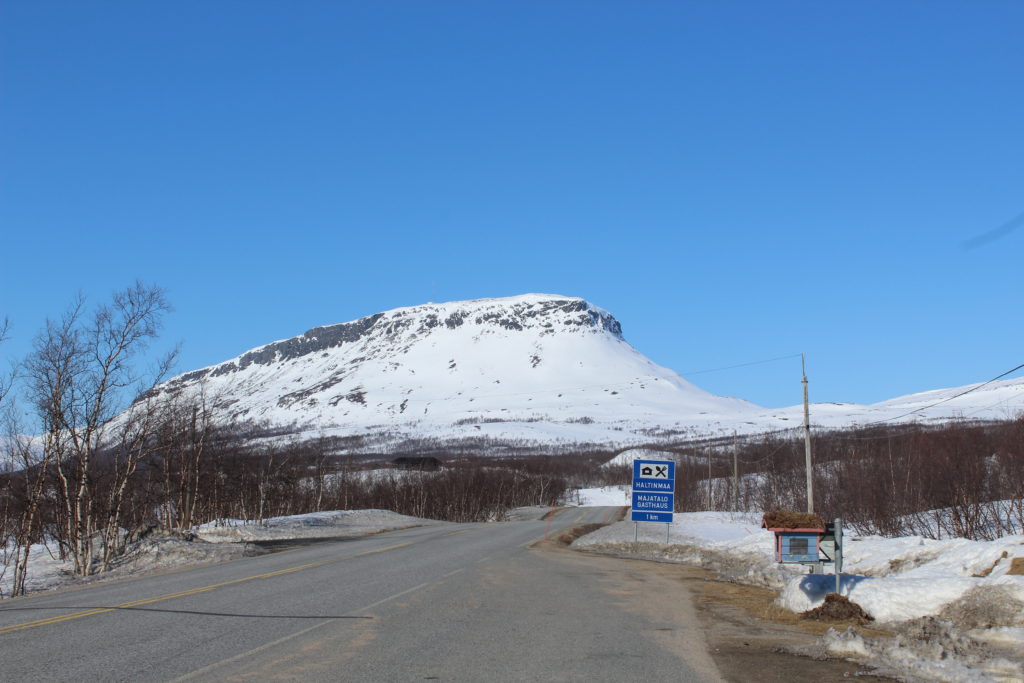
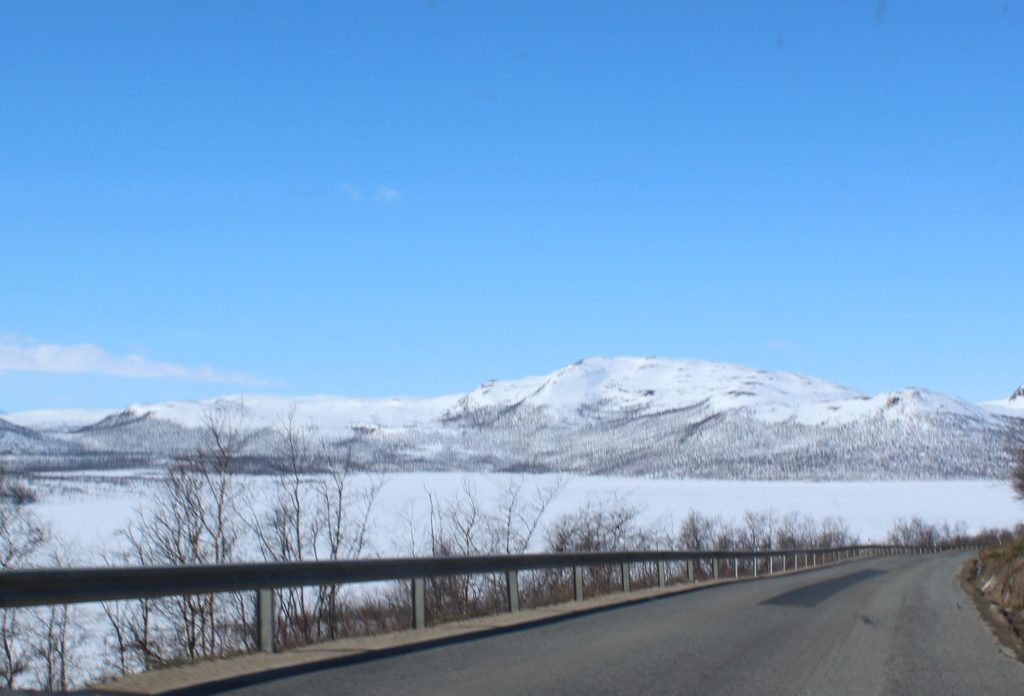


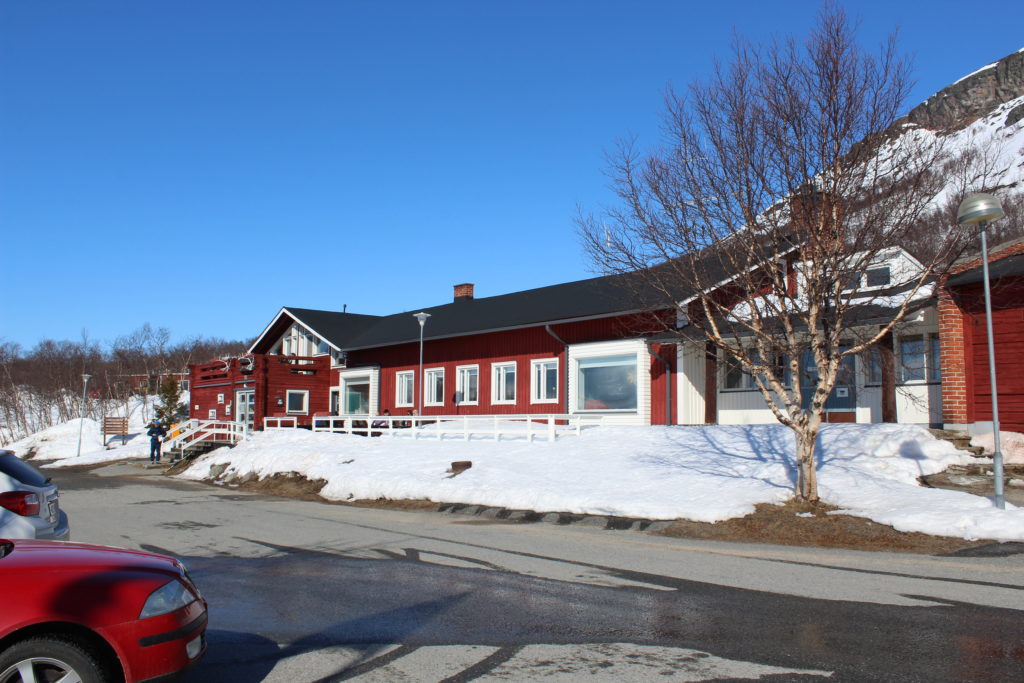
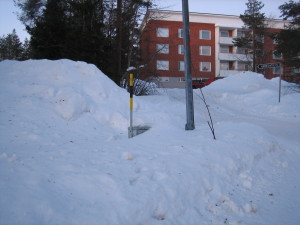

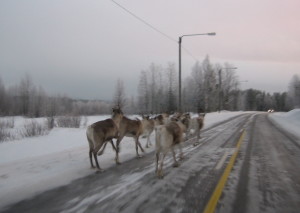
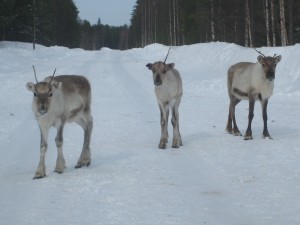
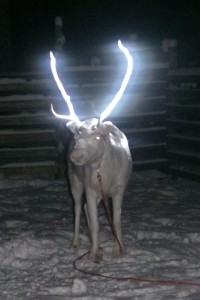
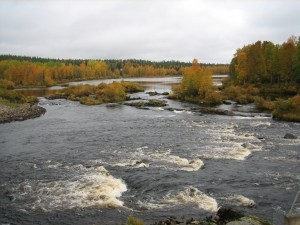
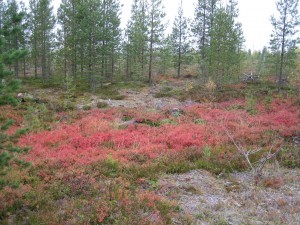 his phenomenon starts when the daylight hours decrease and the weather gets colder. Plants start to prepare for the long winter, the chlorophyll starts to move from the leaves into the branches, trunk and roots and this makes the colour cells in the leaves glow. The more the night-time temperatures fall below zero and the drier the weather, the more vibrant the array of colour. The birch turns a gentle shade of yellow, aspen turns red, and the leaves of blueberry and bog bilberry shrubs turn bright red.
his phenomenon starts when the daylight hours decrease and the weather gets colder. Plants start to prepare for the long winter, the chlorophyll starts to move from the leaves into the branches, trunk and roots and this makes the colour cells in the leaves glow. The more the night-time temperatures fall below zero and the drier the weather, the more vibrant the array of colour. The birch turns a gentle shade of yellow, aspen turns red, and the leaves of blueberry and bog bilberry shrubs turn bright red.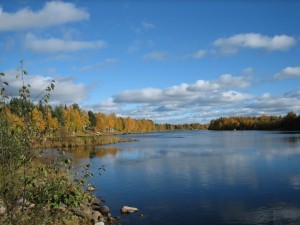
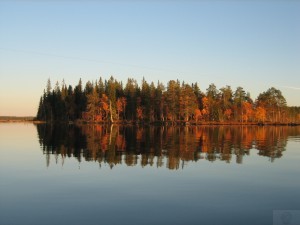
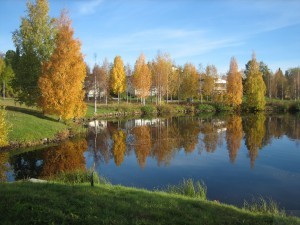
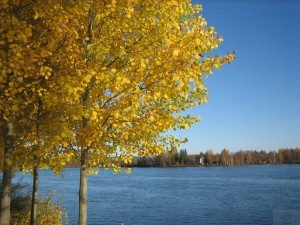
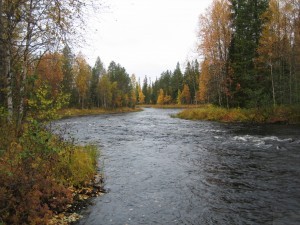



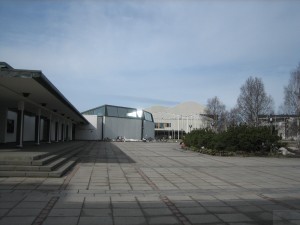 In the city of Rovaniemi they have in the year 2010 gathered a file of reindeer (pororaito) in the park area outside the
In the city of Rovaniemi they have in the year 2010 gathered a file of reindeer (pororaito) in the park area outside the 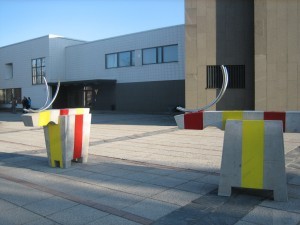
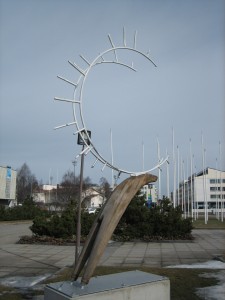
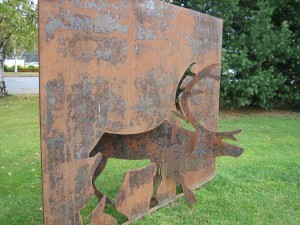
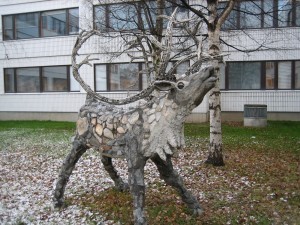
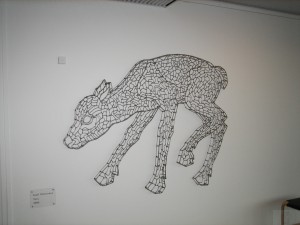 Sauli Miettunen has also created the sculpture, “The calf” on the wall inside the Administrative center. It is made of stainless steel all over and consists of two different structures that make the calf look like it is moving as you watch it from different angles. Very beautiful. Sauli Miettunen describes his works: Everything is part of nature: the trees, the stones and the animals.
Sauli Miettunen has also created the sculpture, “The calf” on the wall inside the Administrative center. It is made of stainless steel all over and consists of two different structures that make the calf look like it is moving as you watch it from different angles. Very beautiful. Sauli Miettunen describes his works: Everything is part of nature: the trees, the stones and the animals.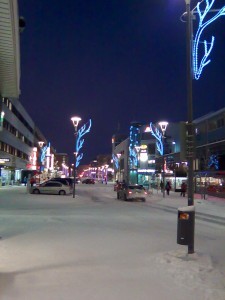
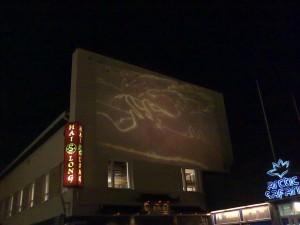


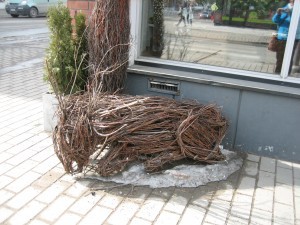


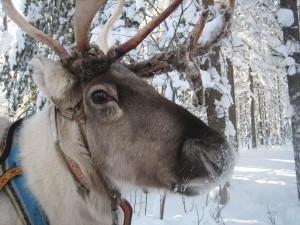
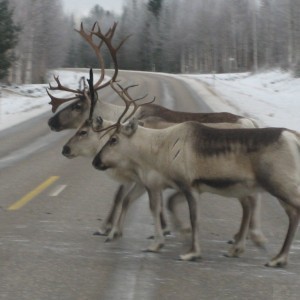


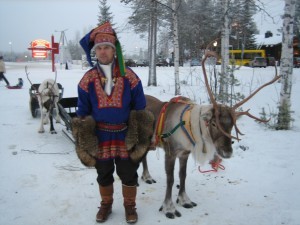

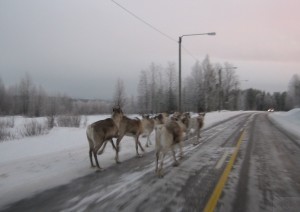
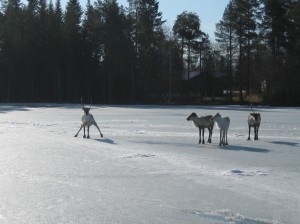
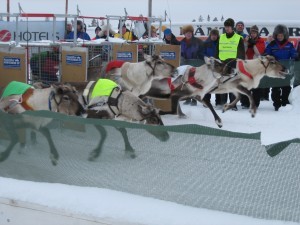
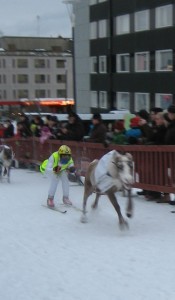

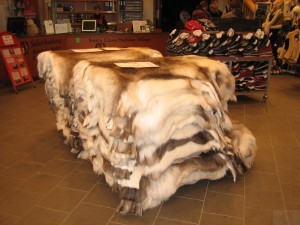
 In Rovaniemi they even have their own
In Rovaniemi they even have their own 